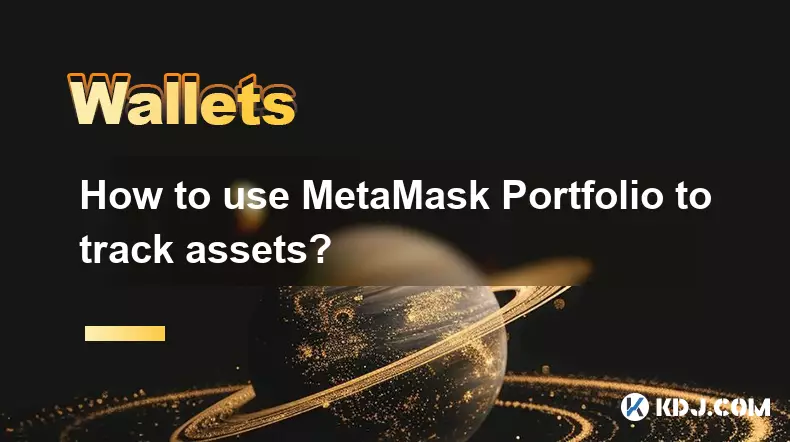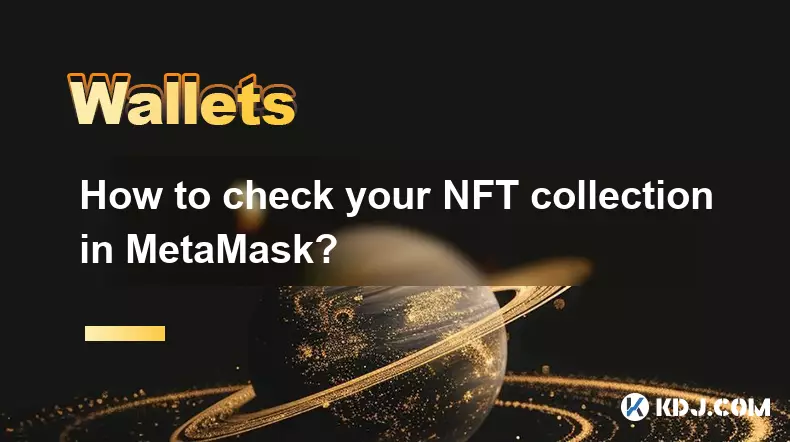-
 bitcoin
bitcoin $102182.982207 USD
-0.92% -
 ethereum
ethereum $3438.744518 USD
0.12% -
 tether
tether $0.999933 USD
0.02% -
 xrp
xrp $2.405093 USD
0.05% -
 bnb
bnb $956.306114 USD
-0.53% -
 solana
solana $153.028851 USD
-1.23% -
 usd-coin
usd-coin $0.999800 USD
-0.03% -
 tron
tron $0.294898 USD
-1.08% -
 dogecoin
dogecoin $0.171428 USD
-0.58% -
 cardano
cardano $0.551186 USD
-1.15% -
 hyperliquid
hyperliquid $38.755878 USD
0.04% -
 chainlink
chainlink $15.298460 USD
-0.05% -
 bitcoin-cash
bitcoin-cash $516.067428 USD
1.68% -
 stellar
stellar $0.280726 USD
-0.42% -
 zcash
zcash $518.919369 USD
18.01%
How to refresh your Exodus wallet network connection?
Exodus Wallet may show incorrect balances or sync issues due to poor network connections, server outages, or corrupted cache—refreshing network data can resolve these problems.
Nov 03, 2025 at 05:54 pm

Understanding Network Connection Issues in Exodus Wallet
1. Exodus wallet relies on stable network connections to sync blockchain data and display accurate balances. When the connection weakens or fails, users may see outdated transaction histories or incorrect token values.
2. Common signs of a disrupted network include delayed transaction confirmations, inability to send crypto, or persistent syncing errors. These issues often stem from temporary server outages, poor internet connectivity, or misconfigured settings within the wallet interface.
3. The wallet automatically connects to decentralized nodes through APIs managed by Exodus. If these endpoints experience congestion or downtime, the user’s local client might fail to retrieve real-time data from the blockchain.
4. Firewalls, antivirus software, or restrictive network environments such as corporate Wi-Fi can interfere with the wallet’s ability to communicate with its backend services. Users should verify that Exodus is permitted through their system’s security configurations.
5. Cached data stored locally may become stale or corrupted over time, leading to display glitches or sync loops. Clearing this cache forces the wallet to re-establish a fresh connection and pull updated information directly from the blockchain network.
Steps to Refresh the Network Connection
1. Close the Exodus application completely. Ensure it is not running in the background by checking the system tray (Windows) or activity monitor (Mac). A full shutdown allows for a clean restart without residual processes interfering.
2. Reopen the Exodus wallet and wait for the initial loading screen. During startup, the app attempts to reconnect to its default servers. Observe whether the syncing status progresses past previous stall points.
3. Navigate to the Settings menu, then select 'Support,' followed by 'Reset.' Choose the option labeled 'Refresh Network Data.' This action clears cached node information and prompts the wallet to fetch new connection endpoints.
4. Confirm that your device has a stable internet connection. Switch between Wi-Fi and mobile hotspot if necessary to rule out local network instability. A consistent broadband connection improves handshake reliability with blockchain APIs.
5. After refreshing, allow several minutes for the wallet to resync. Avoid closing the app during this period. Once completed, verify that balances and transaction records reflect current on-chain activity.
Troubleshooting Persistent Sync Problems
1. Update Exodus to the latest version available on the official website. Older builds may use deprecated API routes or lack patches for known connectivity bugs affecting specific cryptocurrencies like Bitcoin or Ethereum.
2. Temporarily disable firewall or security suites that could block outbound HTTPS requests from Exodus. Test the connection again after disabling these protections, then re-enable them once functionality is restored.
3. Manually switch to alternative API providers if supported. Some advanced wallets allow custom RPC configuration; while Exodus does not expose this feature directly, using a DNS changer like Cloudflare’s 1.1.1.1 can bypass regional routing issues impacting access to Exodus servers.
4. Check the Exodus status page or social media channels for announcements regarding ongoing service disruptions. Scheduled maintenance or unexpected outages on their infrastructure side require user patience until resolved at the source.
5. Reinstall the application only as a last resort. Backup your recovery phrase before uninstallation. A fresh install eliminates deep-seated configuration errors but requires restoring funds via seed phrase rather than automatic cloud sync.
Frequently Asked Questions
What happens if I lose my recovery phrase during a reinstall?Without the recovery phrase, you cannot restore access to your funds. Always store it securely offline prior to making changes to the wallet installation. Exodus does not store private keys on its servers.
Can I use Exodus on multiple devices simultaneously?Yes, but each device must be independently restored using the same recovery phrase. Transactions initiated on one device will appear across others once synced, though delays may occur due to network propagation times.
Why does Exodus take so long to sync after a refresh?Sync speed depends on blockchain size and server load. Larger chains like Ethereum require downloading and verifying significant metadata. High traffic periods slow response times from Exodus-hosted API gateways.
Does refreshing the network affect my private keys?No. Private keys are generated and stored locally on your device. Refreshing the network only resets connection parameters and cached blockchain data, leaving cryptographic assets untouched.
Disclaimer:info@kdj.com
The information provided is not trading advice. kdj.com does not assume any responsibility for any investments made based on the information provided in this article. Cryptocurrencies are highly volatile and it is highly recommended that you invest with caution after thorough research!
If you believe that the content used on this website infringes your copyright, please contact us immediately (info@kdj.com) and we will delete it promptly.
- TRX Price & Tron's Resilience: Is the $EV2 Presale the Next Big Thing?
- 2025-11-13 17:00:02
- Meme Coins in the Hype Market: Utility vs. Virality in 2025
- 2025-11-13 16:55:01
- Telcoin (TEL), Bitcoin (BTC), and the Crypto Landscape: A New Yorker's Take
- 2025-11-13 14:50:02
- Cardano (ADA) Price Rebound: Is $0.70 Within Reach?
- 2025-11-13 15:15:01
- Blazpay Token: Riding the AI Growth Wave Through Presale
- 2025-11-13 15:10:01
- Spot a Fortune: That 2p Coin Could Be Worth £1,000! Valuable Words to Watch For
- 2025-11-13 15:25:02
Related knowledge

Why is MetaMask asking for a signature?
Nov 10,2025 at 06:19pm
Understanding Signature Requests in MetaMaskMetaMask frequently prompts users to sign messages or transactions as part of its standard operation. Thes...

How to use MetaMask Portfolio to track assets?
Nov 08,2025 at 05:40am
Getting Started with MetaMask Portfolio1. Download and install the MetaMask mobile app from the App Store or Google Play. Open the app and select 'Imp...

MetaMask not popping up: how to fix this issue?
Nov 10,2025 at 05:59am
Understanding the MetaMask Pop-Up Issue1. MetaMask is one of the most widely used cryptocurrency wallets, especially for interacting with decentralize...

How to send ETH from Binance to MetaMask?
Nov 10,2025 at 04:40am
Sending ETH from Binance to MetaMask: A Step-by-Step GuideTransferring Ethereum (ETH) from your Binance account to your MetaMask wallet is a common op...

How to check your NFT collection in MetaMask?
Nov 06,2025 at 08:20pm
Accessing Your NFTs in MetaMask Wallet1. Open the MetaMask browser extension or mobile app and ensure you are logged into your wallet account. Once in...

Why is the MetaMask swap feature failing?
Nov 06,2025 at 09:20pm
Understanding MetaMask Swap FailuresMetaMask, one of the most widely used cryptocurrency wallets, enables users to swap tokens directly within the int...

Why is MetaMask asking for a signature?
Nov 10,2025 at 06:19pm
Understanding Signature Requests in MetaMaskMetaMask frequently prompts users to sign messages or transactions as part of its standard operation. Thes...

How to use MetaMask Portfolio to track assets?
Nov 08,2025 at 05:40am
Getting Started with MetaMask Portfolio1. Download and install the MetaMask mobile app from the App Store or Google Play. Open the app and select 'Imp...

MetaMask not popping up: how to fix this issue?
Nov 10,2025 at 05:59am
Understanding the MetaMask Pop-Up Issue1. MetaMask is one of the most widely used cryptocurrency wallets, especially for interacting with decentralize...

How to send ETH from Binance to MetaMask?
Nov 10,2025 at 04:40am
Sending ETH from Binance to MetaMask: A Step-by-Step GuideTransferring Ethereum (ETH) from your Binance account to your MetaMask wallet is a common op...

How to check your NFT collection in MetaMask?
Nov 06,2025 at 08:20pm
Accessing Your NFTs in MetaMask Wallet1. Open the MetaMask browser extension or mobile app and ensure you are logged into your wallet account. Once in...

Why is the MetaMask swap feature failing?
Nov 06,2025 at 09:20pm
Understanding MetaMask Swap FailuresMetaMask, one of the most widely used cryptocurrency wallets, enables users to swap tokens directly within the int...
See all articles










































































